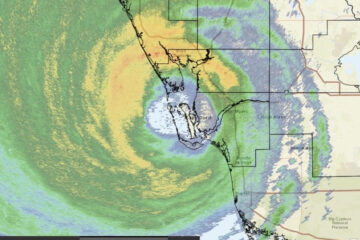Frozen Dragon Discovered
Paleontologists have found a “frozen dragon” in Alberta, Canada. This frozen dragon is a new genus of pterosaur– the dinosaurs’ winged cousins. The animal, scientifically called Cryodrakon boreas, which translates into vernacular as “frozen dragon of the northern wind” lived during the Cretaceous period about 76 million years ago.
When it was alive, Cryodrakon was anything but frozen. These pterosaurs lived in the warm, temperate climate of the Cretaceous, and while northern Canada wasn’t scalding, it was nowhere close to as cold as it is there now. Cryodrakon boreas was also not grounded the same way dinosaurs were, it had a wingspan of at least 16 feet.
The skeleton found was actually located nearly three decades ago in Canada’s Dinosaur Provincial Park. For a long time, paleontologists thought the specimen belonged to a pterosaur called Quetzalcoatlus northropi which are a type of azhdarchid pterosaurs. Azhdarchids are known for their immense size and for having a head and neck that takes up most of their body.
However, not much is known about Q. northropi. The original report that described them was not very detailed and only went into depth for one limb bone. There have been on-and-off efforts to create a more complete description. In the meantime though, North American paleontologists that have been finding azhdarchids have been classifying them as Quetzalcoatlus because they didn’t know enough about Quetzalcoatlus to know any better.
Since there have been advancements made in the understanding of both Quetzalcoatlus and azhdarchids in general, the specimen has been discovered to not belong to the Quetzalcoatlus genus at all. Instead, it’s in a completely different genus of azhdarchids, one we didn’t even know existed until now.
For now, Cryodrakon boreas is in the Cryodrakon genus all by itself. Yet, as paleontologists discover and broaden their understanding of different species, C. boreas might find itself in the company of other frozen dragons.


